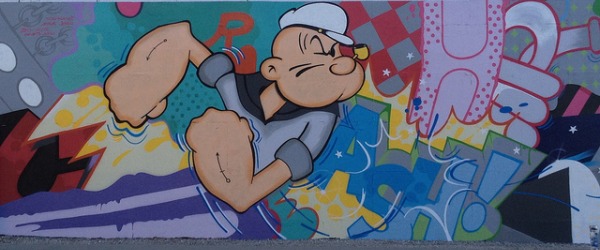In my previous article on DNA gel extraction, I explained how most commercially available DNA gel extraction kits work. However, there was a time before our society was blessed with these convenient marvels of technology and scientists had to summon the gods of “Crush and Soak”. This method has been proven for millennia, as people applied it to wine making – crushing grapes with their feet to extract the ingredients.
This old-school method relies on mechanically crushing agarose or acrylamide gel fragments that contain DNA with a pestle and then soaking it overnight in crush and soak buffer to extract DNA. The crushing breaks the gel into many smaller fragments, thus increasing the surface area for elution buffer to accelerate DNA diffusing out of the gel.
This method is fairly easy and does not require any special equipment, you can really do it in your kitchen (but you shouldn’t!). The drawback of this method is that it is time-consuming, as the soaking incubation requires up to 36 hours. Additionally, it is prone to contamination and DNA recovery is usually low, between 30 and 50%.
Whereas this non-commercial method is more time consuming, it offers several advantages over the commercially available extraction kits. Agarose denaturing buffers supplied with kits such as the QIAquick Gel Extraction kit from Qiagen contain guanidinium thiocyanate, which tends to denature shorter DNA fragments (under 200 bp), making them single stranded. This poses a problem if you want to visualize your DNA later on using ethidium bromide which intercalates into double-stranded DNA. Although it is possible to re-anneal the separated strands it would require additional steps. Denaturation can be simply avoided by using the good old crush and soak.
So, how does this classy method actually work? Here is the basic protocol:
- Run DNA sample on agarose/polyacrylamide gel to resolve it.
- Excise the DNA-containing slice of agarose/polyacrylamide gel with a clean razor blade.
- Place the gel slab into a tube and crush it with a teflon pestle into small pieces. Freezing the gel slab makes it easier to crush.
- Add about 3 volumes of crush and soak buffer onto gel pieces. The crush and soak buffer is usually composed of 300 mM Sodium Acetate, 1 mM EDTA (pH 8.0) and 0.1% SDS (optional).
- Shake the tube gently on a rotator overnight. Longer incubation times, up to 48 hours, improve recovery, especially for DNA fragments over 500 bp.
- Collect the buffer, which by now contains the extracted DNA, and precipitate the DNA by ethanol precipitation.
So there you have it, the simple but classic, DNA gel extraction method.






